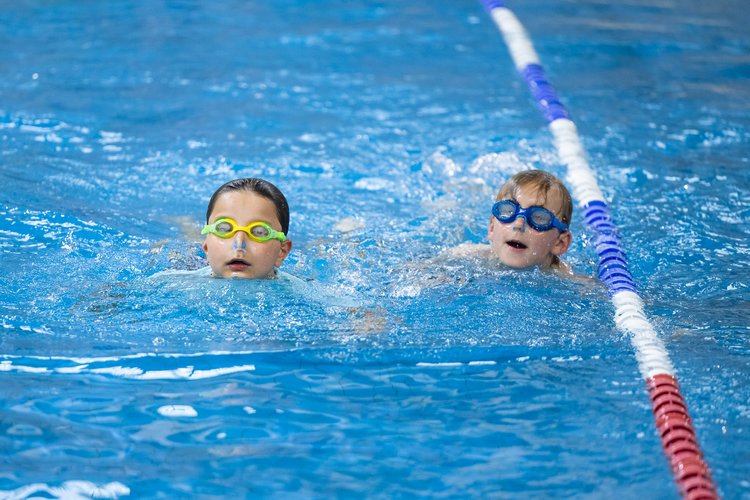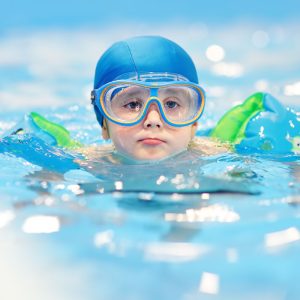Introduction
Ensuring the safety of special needs children in aquatic environments is paramount, and it requires tailored strategies that address their unique needs. In this blog post, we will delve into essential water safety tips designed specifically for special needs children. By implementing these practices, we can create a secure and enjoyable swimming experience for everyone involved, fostering a sense of confidence and well-being.
Understanding Individual Needs
Special needs children encompass a wide spectrum of conditions, each requiring distinct attention. It’s crucial to recognize that what works for one child might not be suitable for another. Caregivers, instructors, and swim clubs must prioritize understanding the specific needs and abilities of each child. This understanding serves as the foundation for crafting effective water safety strategies that ensure optimal protection.
Adequate Supervision
Supervision is the cornerstone of water safety. For special needs children, who might require additional attention and guidance, maintaining an appropriate adult-to-child ratio is imperative. This ensures that every child receives the supervision and support they need while enjoying their time in the water. Vigilant supervision creates a safety net, allowing immediate intervention if any issues arise.
Communication Strategies
Effective communication is essential for conveying safety instructions to special needs children, especially those with limited verbal skills. Visual cues, gestures, and communication boards can bridge the gap, enabling instructors and caregivers to communicate crucial safety information clearly. These methods empower children to understand and follow safety guidelines independently.
Personalized Floatation Devices
Floatation devices play a significant role in water safety, particularly for special needs children who might have mobility challenges or sensory sensitivities. Selecting the right buoyancy aid based on the child’s needs is essential. Customizing floatation devices ensures both safety and comfort, allowing children to experience the water with confidence and minimal stress.
Sensory Considerations
Sensory sensitivities are common among special needs children and can influence their comfort in the water. Consider adjusting the environment to accommodate these sensitivities. For instance, using ear protection to reduce noise levels or dimming lights to create a calming atmosphere can enhance the child’s overall experience and safety.
Gradual Exposure to Water
Patience is key when introducing special needs children to water. Taking a gradual approach allows children to become familiar with the sensations and environment over time. Begin with small steps, such as dipping toes in water, and gradually progress to more immersive activities. This gradual exposure nurtures a positive relationship with water while minimizing feelings of anxiety.
Water Entry and Exit Techniques
Teaching safe water entry and exit techniques is essential for preventing accidents. Provide clear instructions on how to enter and exit the water safely, whether in a pool or a natural setting. Children should be comfortable and confident in navigating these processes to minimize the risk of slips, falls, or other mishaps.
Establishing Clear Boundaries
Setting clear boundaries is vital for safe water play. Communicate these boundaries to the children in a way that they can understand. Visual cues, such as coloured markers or physical barriers, can help children recognize the limits of their play area. This clarity empowers children to enjoy the water while respecting safety guidelines.
Emergency Preparedness
Emergency situations can arise unexpectedly, making preparedness essential. Teach both special needs children and caregivers how to respond appropriately to emergencies, such as practising water rescues or signalling for help. This knowledge instils a sense of empowerment and equips everyone with the tools to act effectively in unforeseen circumstances.
Educating Caregivers and Instructors
Education is a cornerstone of water safety for special needs children. Caregivers and swimming instructors should undergo specialized training that equips them with the skills to cater to these children’s safety requirements. Seek out courses and workshops that focus on inclusive water safety practices, allowing caregivers and instructors to provide the best possible guidance.
Conclusion
Inclusive water safety for special needs children hinges on understanding, preparation, and adaptability. By adhering to these comprehensive water safety tips, we can cultivate an environment where all children, regardless of their abilities, can enjoy the water with confidence. Whether within a swim club or other aquatic settings, the implementation of these strategies fosters a safe and enriching experience that resonates long after the splash has subsided.


